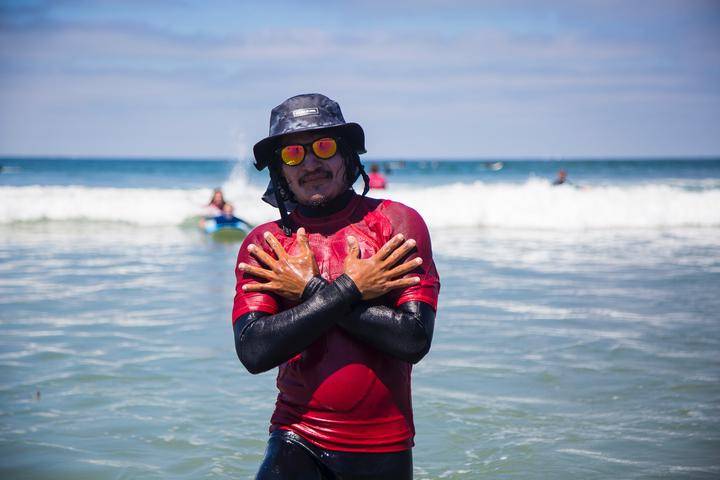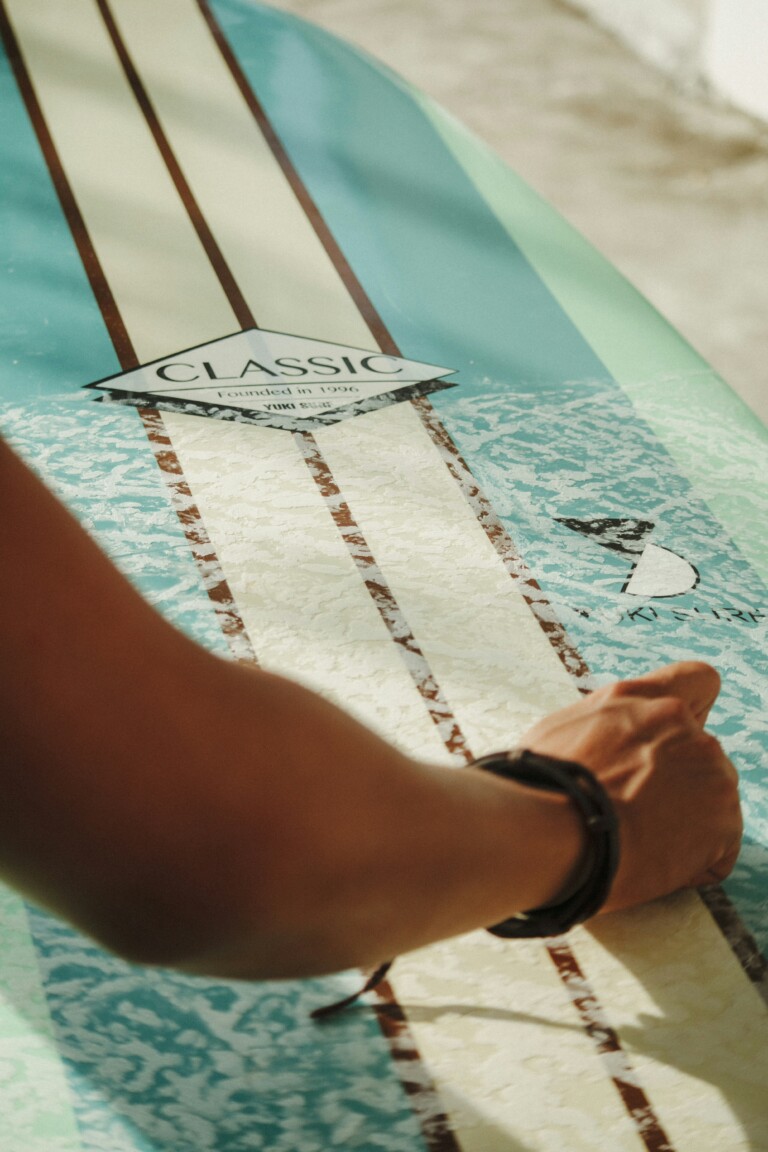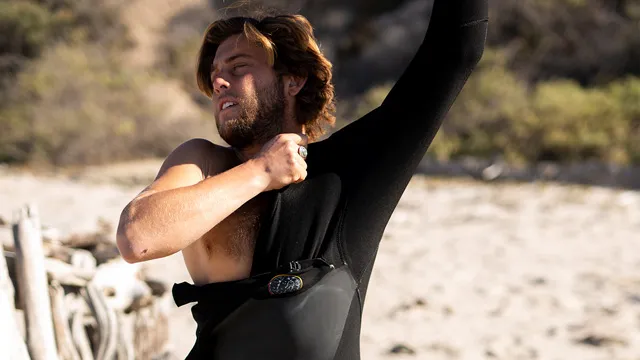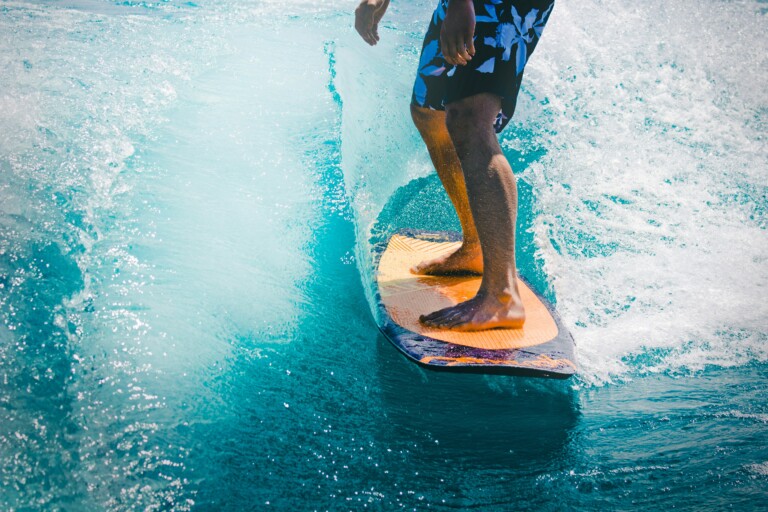There are a few decisions that need to be made before you paddle out to join the line up. One important choice that all surfers have to consider is which kind of sunscreen to use. While all sunscreen protects against UV rays, there are two types that work in different ways to shield your skin from the sun. One type is chemical and the other is called mineral. While people often wonder about the difference between zinc and sunscreen, zinc actually falls under the category of mineral sunscreen. There are pros and cons to both types of protection. Here is what you need to know:
WHAT IS ZINC?
Zinc oxide is the base for many mineral sunscreens and is one of the only sunscreen ingredients FDA approved for infants under 6 months. It also achieves a full blockage of UV light, meaning that it blocks UVA and UVB rays. When thinking about zinc, the well known company Zinca might come to mind. This is a zinc oxide based, mineral sunscreen that offers a thickness that others do not. This well known brand has gained popularity because not only does it provide suburb defense against the sun but also offers a variety of different colors to choose from. You have probably spotted groms sporting this particular protection in the summer. The different colored sunscreen can be seen smeared across surfers cheeks and noses when catching waves.
MINERAL-
This type of sunscreen works to protect your skin by blocking harmful light. This means that it acts like a shield by sitting on the surface of your skin and reflecting the UV rays.
PROS-
The main active ingredients in mineral sunscreen are GRASE(Generally Recognized As Safe and Effective) by the FDA. This means that it has been established as safe and effective based on clinical investigations, scientific literature, and a consensus among experts.In comparison to chemical sunscreen, mineral based has a longer shelf life. Since one of the active ingredients is zinc oxide, it is able to block the full range of UV rays while chemical sunscreen needs multiple different ingredients to achieve the same amount of protection. Also, unlike chemical based protection, mineral sunscreen is not harmful to sea life.
CONS-
Since the bases used are naturally white, when mineral sunscreen is applied to the skin it is not completely clear. Instead, it shows up with a white or chalky tint. It is also less water resistant than chemical sunscreen and needs to be applied more often when in the water or sweating.
CHEMICAL-
This protection uses ingredients that absorb UV rays before they reach the skin. The ingredients create a chemical reaction that changes UV rays into heat, which then allows the heat to be released from the skin.
PROS-
Unlike mineral based protection, chemical sunscreen does not have a white tint and instead looks clear when applied to the skin. It is also more water and sweat resistant so it does not need to be reapplied as often when spending a day in the water.
CONS-
While research is non-conclusive, there are concerns that some ingredients may be absorbed into the bloodstream through topical application. Additionally, when exposed to UV rays, chemical sunscreen diminishes quicker than mineral and needs to be reapplied more when hanging out on dry land. Also, many common ingredients in chemical sunscreen have been known to damage or destroy coral reefs and other forms of sea life.
















